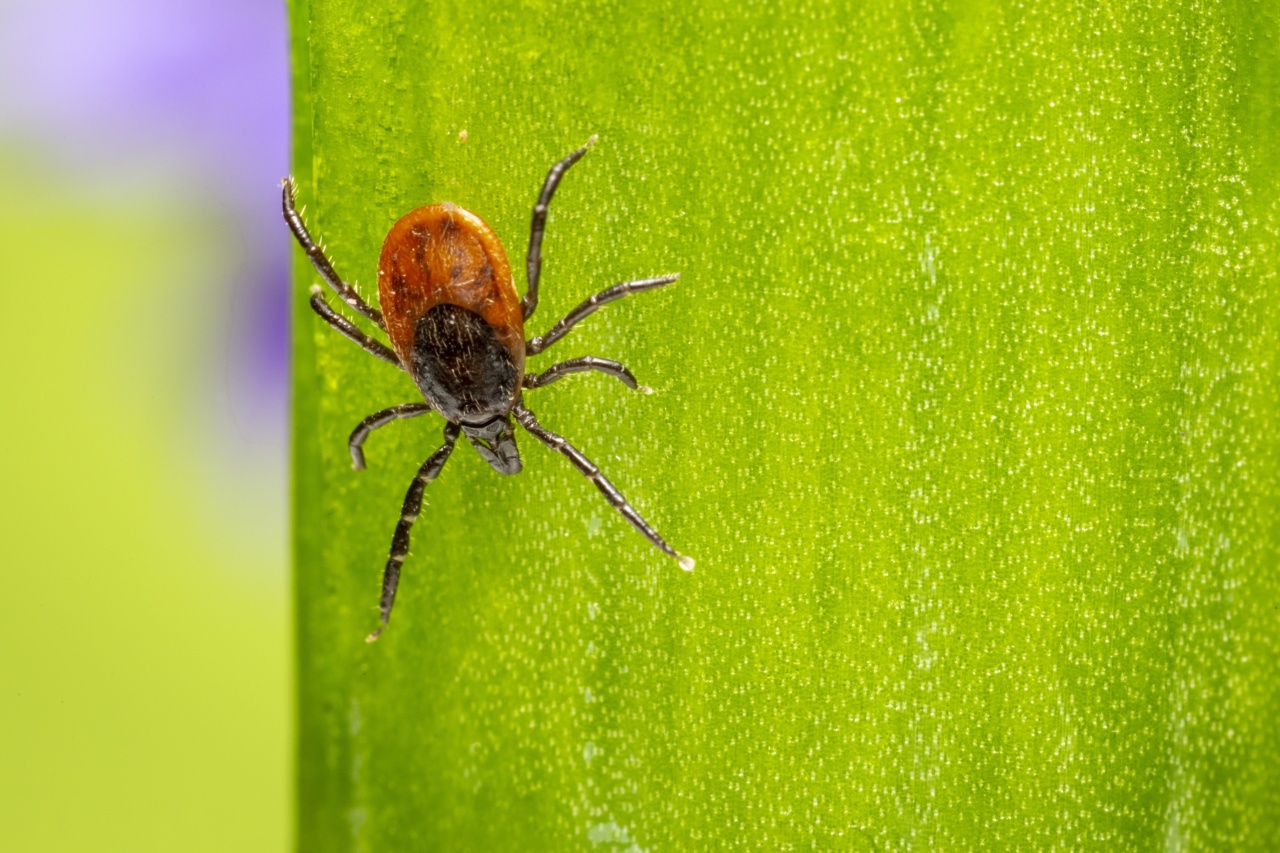As pet owners, our top priority is ensuring our furry friends are healthy and happy. Unfortunately, parasites like ticks and fleas can cause serious harm to our dogs if left untreated.
Not only can they lead to uncomfortable itching and irritation, but they can also cause diseases such as Lyme disease and anemia.
In this article, we will discuss how to identify, prevent, and eliminate ticks and fleas on your dog.
Identification
The first step in ensuring your dog is free of ticks and fleas is to be able to identify the parasites. Ticks are small, spider-like creatures that attach themselves to their host, feed on their blood, and can transmit diseases through their bites.
Fleas, on the other hand, are small, wingless insects that also feed on blood and can cause skin irritation and infections.
To identify ticks on your dog, you should carefully check their fur for any bumps or lumps. Ticks can range in size from the size of a poppy seed to as large as a grape, and can be brown or black.
They are commonly found around the head, neck, and ears, but can also be found in other areas.
Fleas are harder to spot than ticks, but one common symptom of a flea infestation is excessive scratching and biting by your dog. You may also see small, dark specks in their fur, which is the flea feces.
Prevention
The best way to deal with ticks and fleas is to prevent them from infesting your dog in the first place. This can be achieved through the use of various preventative measures such as:.
1. Tick and flea medication
Tick and flea medication is available in various forms such as topical solutions, collars, and oral medications. These medications work by either repelling or killing the parasites, and can provide protection for several weeks.
2. Regular grooming
Regular grooming can help prevent tick and flea infestations by removing any parasites that may be present on your dog’s fur. You should also bathe your dog regularly with a flea and tick shampoo.
3. Keep your surroundings clean
Keeping your surroundings clean can also help prevent tick and flea infestations. Vacuum your carpets, wash your dog’s bedding regularly, and keep your yard free of debris and tall grass.
4. Use flea and tick repellent products
You can use various flea and tick repellent products such as sprays and powders to prevent infestations. These products work by creating a barrier between your dog and the parasites.
Eliminating Parasites
If your dog is already infested with ticks or fleas, there are several steps you can take to eliminate the parasites:.
1. Spot treatments
You can use spot treatments such as topical solutions to kill the parasites. These treatments are applied directly to your dog’s skin and can provide relief within hours.
2. Flea and tick baths
Flea and tick baths are another effective way of eliminating parasites. These shampoos are specifically formulated to kill fleas and ticks, and should be followed by a thorough rinse.
3. Oral medications
Oral medications can also be used to kill parasites. These medications are given to your dog orally and work by targeting the parasites’ nervous system.
4. Removal of visible parasites
If you can see the ticks or fleas on your dog, you should remove them immediately using tweezers or a flea comb. Be careful not to crush the parasites as this can lead to the transmission of diseases.
Conclusion
Ticks and fleas can pose serious risks to your dog’s health, but with the right preventative measures and treatments, you can protect your furry friend from infestations and the diseases they can cause.
Regular grooming, the use of tick and flea medication, and keeping your surroundings clean are all effective ways of preventing infestations.






























